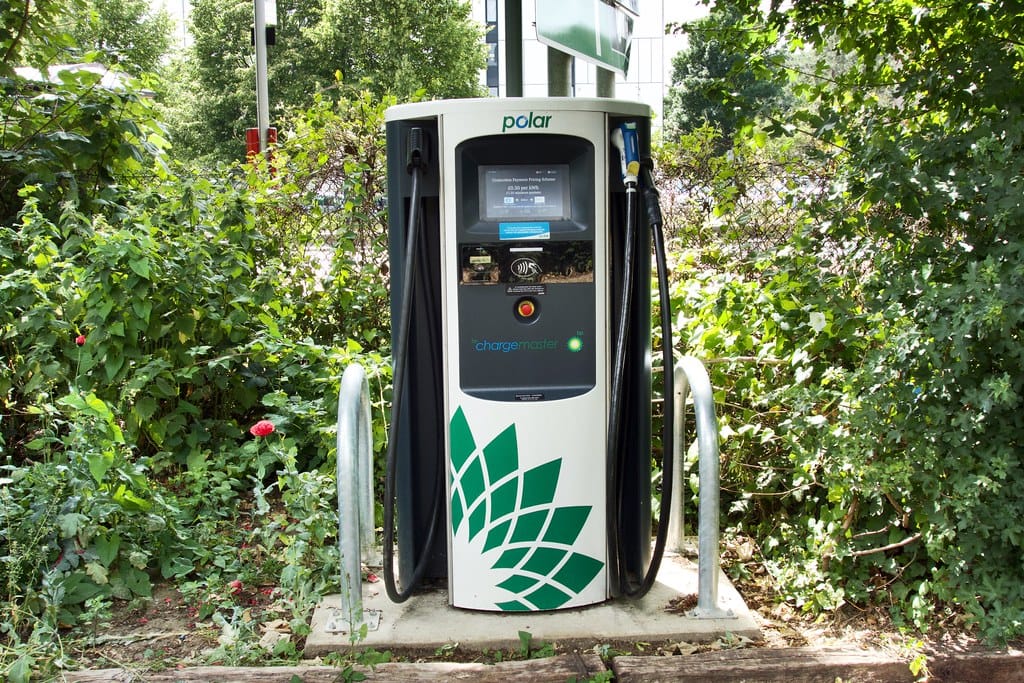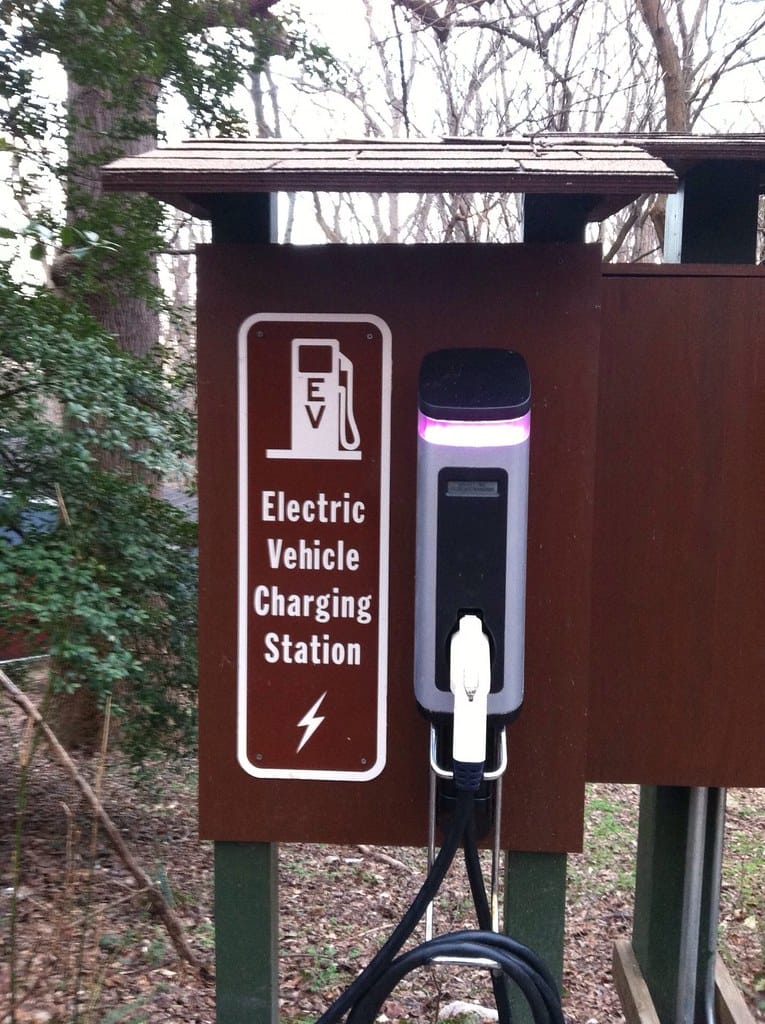The Clean Car Map: Study Reveals America's Least Polluting Vehicles County by County
A groundbreaking new study has mapped the cleanest vehicles across all 3,143 counties in the United States, revealing dramatic regional differences in which cars, trucks, and SUVs produce the least emissions. The comprehensive analysis, which examined over 15 million vehicle registrations alongside local air quality data, offers the most detailed picture yet of America's automotive environmental impact at the hyperlocal level.
Electric Vehicles Lead, But Geography Matters
The study, conducted by the Environmental Transportation Research Institute, found that battery electric vehicles (BEVs) topped the clean vehicle rankings in 78% of U.S. counties. However, the research revealed surprising nuances based on local electricity grid composition and climate conditions.
In counties where renewable energy powers more than 60% of the electrical grid—such as those in Vermont, Washington, and parts of Texas—electric vehicles produced 85-95% fewer emissions than conventional gasoline vehicles. But in coal-heavy regions like parts of West Virginia and Wyoming, the environmental advantage of EVs dropped to just 30-40% over efficient gas-powered cars.
"The cleanest car in San Francisco isn't necessarily the cleanest car in Charleston," explains Dr. Maria Rodriguez, the study's lead researcher. "Local context matters enormously when we're talking about real-world environmental impact."
Hybrid Vehicles Show Consistent Performance
While electric vehicles dominated in most metropolitan areas, hybrid vehicles demonstrated remarkably consistent performance across different regions. The Toyota Prius emerged as the top-performing vehicle in 423 counties, particularly in rural areas where charging infrastructure remains limited.
Plug-in hybrid electric vehicles (PHEVs) claimed the cleanest vehicle title in 387 counties, offering a middle ground that performed well regardless of local electricity sources. Models like the Toyota Prius Prime and Honda Clarity performed particularly well in suburban counties where residents have access to home charging but frequently drive beyond typical EV ranges.
Surprising Regional Winners
The study uncovered several unexpected regional patterns. In agricultural counties across the Midwest, certain compressed natural gas (CNG) vehicles outperformed both hybrids and EVs due to abundant local natural gas supplies and lower lifecycle emissions.
Small diesel vehicles, while controversial, ranked among the cleanest options in 89 rural counties, primarily in Montana, North Dakota, and Alaska, where the combination of cold weather, long distances, and limited charging infrastructure made them more practical than electric alternatives.
Even among conventional gasoline vehicles, significant variations emerged. Compact cars like the Nissan Versa and Mitsubishi Mirage ranked as the cleanest non-electrified options in urban counties, while in rural areas with longer commutes, certain midsize sedans achieved better real-world efficiency ratings.
Urban vs. Rural Divide
The data highlighted a stark urban-rural divide in clean vehicle adoption and performance. In the nation's 50 largest metropolitan areas, electric vehicles held the top three spots in clean vehicle rankings. Cities like Los Angeles, Seattle, and Austin showed electric vehicles producing 80% fewer emissions than the average gasoline car.
Rural counties told a different story. Limited charging infrastructure, longer average trip distances, and different driving patterns meant that efficient gasoline vehicles or hybrids often provided better practical environmental performance than electric vehicles.
"We found that the 'cleanest' vehicle isn't just about the technology—it's about matching the right technology to the right use case," notes Dr. Rodriguez.
Policy Implications
The study's findings have immediate implications for both consumers and policymakers. State governments are already using the data to refine their clean vehicle incentive programs, with several states announcing plans to adjust rebates based on regional grid cleanliness and charging infrastructure availability.
Consumer advocacy groups are calling for better location-based guidance in vehicle purchasing decisions. "Buyers need this hyperlocal information to make truly informed environmental choices," says Jennifer Walsh of the Clean Transportation Coalition.
The Path Forward
As America's electrical grid continues to add renewable energy capacity and charging infrastructure expands, the researchers predict that electric vehicles will claim the top spot in over 90% of counties by 2030. However, the study emphasizes that the transition requires continued investment in both clean electricity generation and rural charging networks.
For consumers looking to minimize their environmental impact today, the message is clear: the cleanest vehicle choice depends heavily on where you live and how you drive. This county-by-county analysis provides the detailed roadmap needed to make truly informed decisions in the rapidly evolving landscape of clean transportation.

